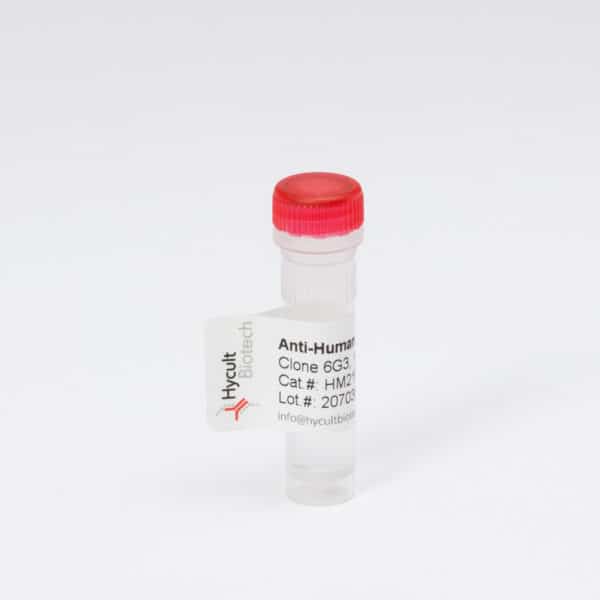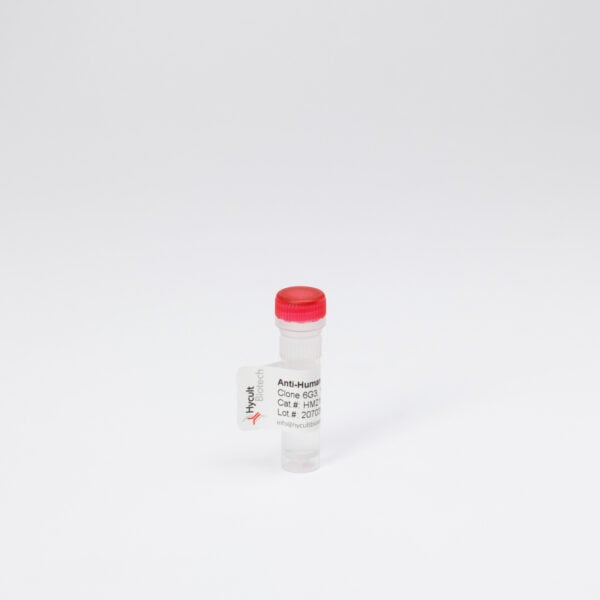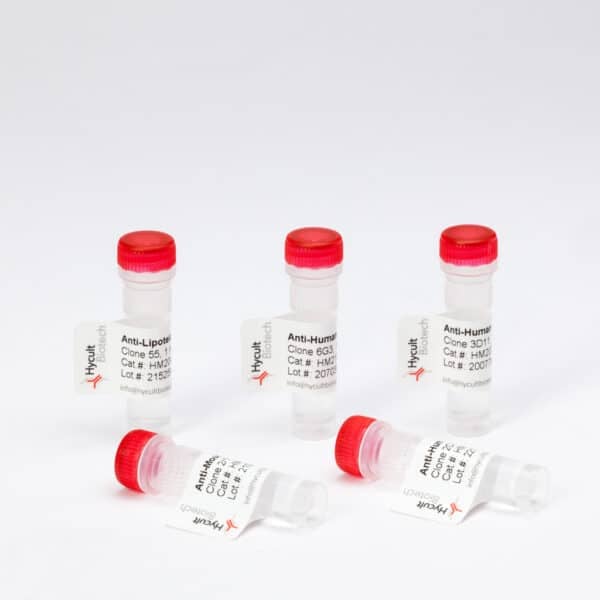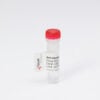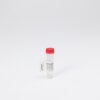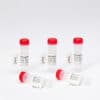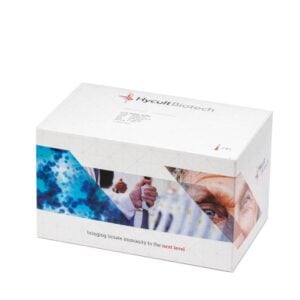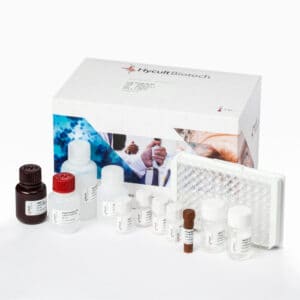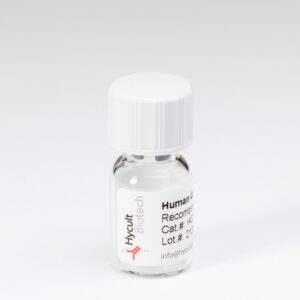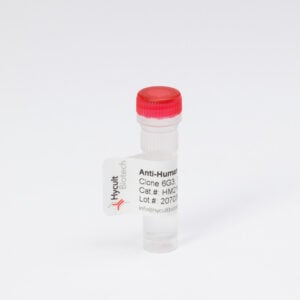C3d, Human, mAb 3
The monocolonal antibody 3 (also known as YB2/39-11-1-7) reacts with a linear determinant in C3d. This ‘D’ antigen is found on C3, C3b, iC3b, C3dg and C3d. The antibody 3 recognizes C3, C3b, iC3b, C3dg and C3d. It does not recognize C3c. To distinguish C3 from C3b an anti-C3a antibody is necessary (HM2074).
Read more€133.00 – €1,245.00
Exploring the Integral Role of C3d in the Complement System and Innate Immunity
The complement system is a vital component of innate immunity, with the third complement component, C3, playing a central role in the classical, alternative, and lectin pathways of complement activation. This article emphasizes the significance of C3 and its by-product, C3d, in immune system functioning.
The Diversity and Activation of C3 in Immune Responses
Activation products of the complement cascade, including C3d, contain unique neo-epitopes, which are absent in the native components. These neo-epitopes are crucial for the system’s response to pathogens. The synthesis of C3, from which C3d derives, is tissue-specific and adjusts in response to various stimulatory agents, demonstrating its adaptability in immune regulation.
C3 Abundance and the Implications of its Deficiency
C3 is notably the most abundant protein in the complement system, with serum levels around 1.3 mg/ml. Interestingly, an inherited deficiency of C3, and consequently C3d, predisposes individuals to more frequent bacterial infections, highlighting their importance in disease prevention.
In conditions like ulcerative colitis and chronic inflammatory bowel disease, the deposition of C3 and C3d in diseased mucosa has been observed, indicating their role in immunopathology.
The Proteolytic Journey
The journey of C3, leading to the formation of C3d, begins with its cleavage by C3-convertases into C3a and C3b. C3b, upon attaching to immune complexes, undergoes further cleavage into iC3b and C3f. The subsequent processing of iC3b results in C3c and C3dg. Notably, C3dg can be further cleaved into C3d and C3g. It is important to note that the formation of C3d, a crucial step in immune response modulation, does not occur in plasma.
Not sure which C3 antibody to use?
With numerous options available, it is essential to select the right C3 antibody to ensure the success of your research. We designed a guide to assist you in making an informed decision:
Go to our C3 researcher’s guide and choose the right antibody
You may also like…
-
View product €756.00 – €1,223.00
-
View product €894.00 – €1,443.00
-
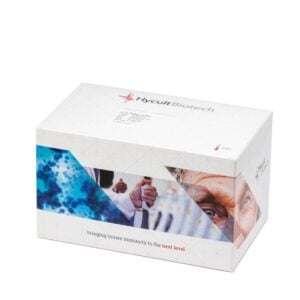
C3d, Human, ELISA kit
Cross reactivityCynomolgus monkey – Yes, Horse – No, Mouse – No, Pig – No, Rat – NoView product €894.00 – €1,443.00
You may be interested in…
-
View product €593.00
-
View product €133.00 – €510.00
-
View product €133.00 – €456.00
-
View product €133.00 – €1,245.00
